Navigate Killarney Provincial Park’s rugged beauty with confidence using the official park map, your essential guide to 645 square kilometers of pristine wilderness along Georgian Bay’s pink granite shores. From the iconic white quartzite ridges of the La Cloche Mountains to hidden crystal-clear lakes, every trail and campsite becomes accessible with this detailed navigational tool. Whether you’re planning a challenging backcountry expedition through the Silhouette Trail or a day trip to the stunning Cranberry Bog, the park map highlights all access points, facilities, and difficulty levels while marking essential features like portage routes, camping areas, and scenic lookouts. Understanding this map isn’t just about finding your way—it’s about unlocking the full potential of one of Ontario’s most breathtaking wilderness areas, where every marked trail leads to another postcard-perfect vista or secluded natural wonder.
Understanding Your Killarney Provincial Park Map
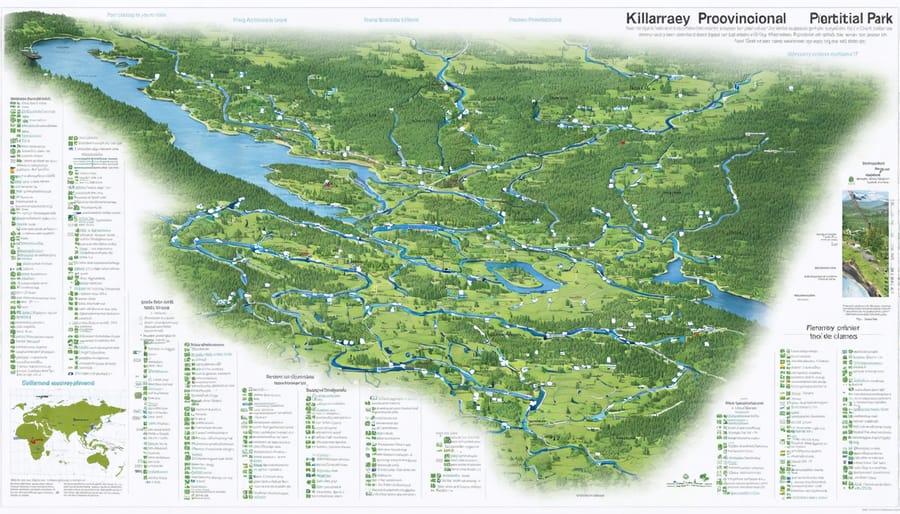
Map Legend and Symbols
Navigating Killarney’s wilderness becomes a breeze once you understand the map’s essential symbols. Red triangles mark the challenging La Cloche Silhouette Trail, while blue squares indicate easier day-hiking routes. Campsites are shown as small tent icons – yellow for backcountry sites and brown for car camping areas.
Look for the paddle symbol to find canoe access points and portages (marked with dashed lines and distances). Comfort stations with running water are indicated by a water tap symbol, while thunderbox toilets in the backcountry appear as small outhouse icons.
For safety and convenience, the map uses universal symbols: parking lots (P), ranger stations (house icon), and emergency phones (telephone symbol). Wildlife viewing areas are marked with binoculars, while scenic lookouts feature a camera icon – perfect spots for capturing those Instagram-worthy views!
Pro tip: The map’s contour lines are spaced at 10-meter intervals, helping you gauge terrain difficulty. Brown lines indicate hiking trails, while blue lines represent water routes – essential knowledge for planning your adventure through Killarney’s stunning landscape.
Trail Difficulty Ratings
Killarney’s trails are categorized into three main difficulty levels to help you plan your adventure wisely. Easy trails (marked in green) are well-maintained, relatively flat, and perfect for families or casual hikers. Moderate trails (marked in blue) feature some elevation changes and rougher terrain, requiring a reasonable fitness level. Difficult trails (marked in black) present challenging conditions with steep climbs, rocky surfaces, and longer distances – these demand experience and adherence to park safety guidelines. Each trail marker also includes estimated completion times and total distance, helping you choose routes that match your ability and schedule. Remember that trail conditions can vary significantly with weather, so always check current conditions at the park office before setting out.
Key Areas and Points of Interest
Camping Areas and Access Points
Killarney Provincial Park offers several well-maintained campgrounds and access points to suit different camping styles and adventure levels. The main George Lake Campground, located near the park’s west entrance, provides 126 car-camping sites with convenient amenities perfect for families and first-time visitors. Be sure to check the latest Ontario Parks camping regulations before booking your stay.
For backcountry enthusiasts, the park features multiple access points to interior camping sites. The most popular entry points include Bell Lake, Johnnie Lake, and Carlyle Lake, each offering parking facilities and canoe launch areas. These access points serve as gateways to over 183 interior campsites scattered throughout the park’s pristine wilderness.
Pro tip: The George Lake access point tends to be busiest, especially during peak season. Consider using the Bell Lake access point if you’re planning a backcountry trip – it provides easier access to some of the park’s most spectacular routes and usually has shorter wait times during launch.
Remember to obtain your camping permits and parking passes before setting up camp, and always check in at the park office upon arrival.
Scenic Lookouts and Photography Spots
Killarney’s dramatic landscape offers countless photo-worthy vistas, and your map will guide you to the most spectacular spots. The Crack, marked clearly on the trail map, rewards hikers with a breathtaking panorama of white quartzite ridges and pristine lakes. For sunrise photographers, Silver Peak’s lookout point provides an unmatched view of the La Cloche Mountains painted in morning light.
Don’t miss The Chikanishing Trail’s coastal viewpoints, where you can capture the park’s iconic pink granite shoreline meeting Georgian Bay’s crystal-clear waters. The map highlights several easily accessible roadside lookouts along the Killarney Highway, perfect for quick photo stops or sunset viewing.
For paddlers, George Lake’s northwestern shore offers stunning angles of the white quartzite cliffs reflecting in calm waters. The map also indicates several backcountry campsites along A.Y. Jackson Lake, named after the Group of Seven painter who captured these very views on canvas.
Pro tip: Pack your camera gear carefully and visit marked viewpoints during golden hour for the most dramatic lighting conditions. Many photographers particularly love the misty morning views from Cranberry Bog’s observation platform.
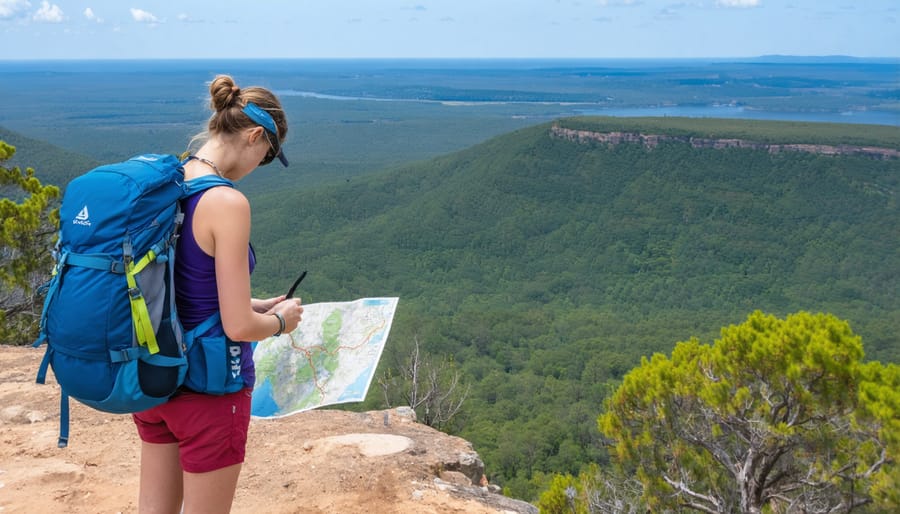
Planning Your Route
Distance Calculation Tips
When planning your Killarney adventure, use the map’s scale bar to calculate distances accurately. Most trails show distances in kilometers, and a good rule of thumb is to plan for about 4 kilometers per hour on flat terrain. Add 30 minutes for every 300 meters of elevation gain on challenging trails like The Crack. For backcountry trips, remember to factor in rest stops and photo opportunities – the stunning white quartzite ridges are too beautiful to rush past!
Pro tip: Use your thumb width on the map as a quick measuring tool. Once you know how many kilometers your thumb represents, you can quickly estimate distances between points. For day hikes, pack extra time into your calculations, especially if you’re carrying photography gear or hiking with little ones. During peak fall colors, also factor in additional time for taking in those gorgeous Georgian Bay views!
Digital vs. Physical Maps
When it comes to exploring Killarney Provincial Park, you’ve got two great map options to choose from. The traditional paper map, available at the park office for a small fee, is a reliable companion that never runs out of battery and works even in the most remote corners of the park. It’s waterproof, tear-resistant, and perfect for marking up your planned routes with a pencil.
Digital maps, accessible through various hiking apps and the Ontario Parks website, offer real-time GPS tracking and can help you pinpoint your exact location. However, keep in mind that cell service in Killarney can be spotty, especially in the backcountry.
My recommendation? Pack both! I always keep the physical map as my primary navigation tool and use digital maps as a backup. This combination has saved me more than once when exploring new trails. Pro tip: before heading out, download the digital maps for offline use, and keep your physical map in a waterproof bag. For day hikes, the digital version might be sufficient, but for backcountry camping or longer expeditions, the physical map is absolutely essential.
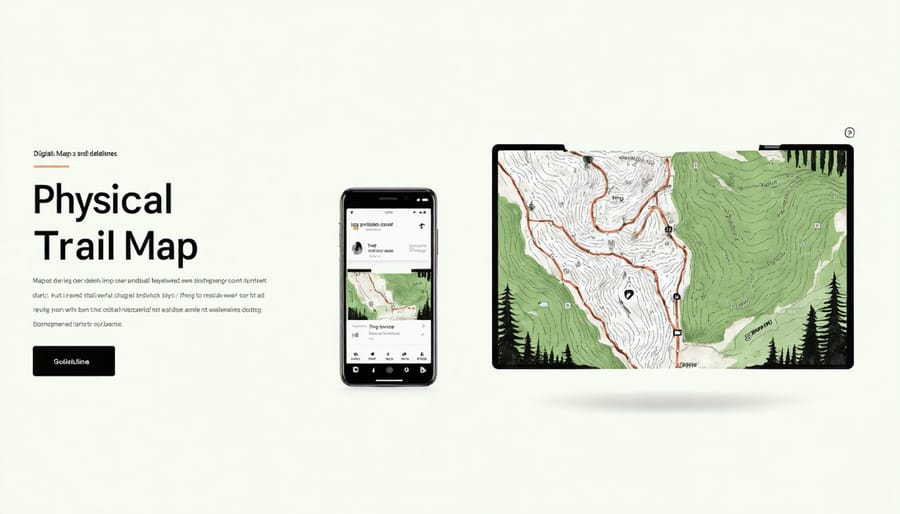
A reliable map is your key to unlocking all the wonders Killarney Provincial Park has to offer. Whether you’re planning a day hike to The Crack or a multi-day canoe trip through its pristine lakes, your map will be your most trusted companion. Remember to always carry a physical copy, even if you have digital versions, and take time to familiarize yourself with the map’s legend and symbols before heading out. Check trail conditions at the visitor center, mark your intended route, and share your plans with someone. For the best experience, combine your map reading with local knowledge from park staff and fellow adventurers. By following these guidelines and keeping safety in mind, you’ll be well-equipped to explore Killarney’s breathtaking wilderness and create unforgettable memories in one of Ontario’s most stunning provincial parks.


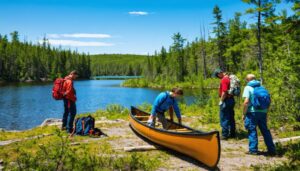



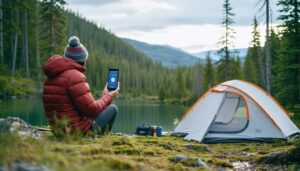


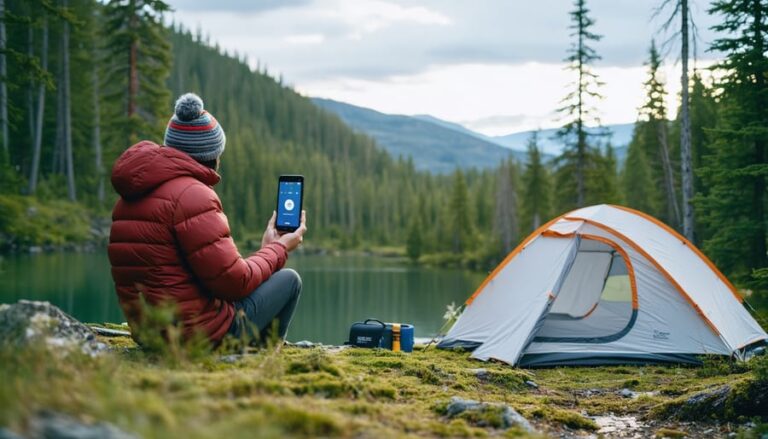

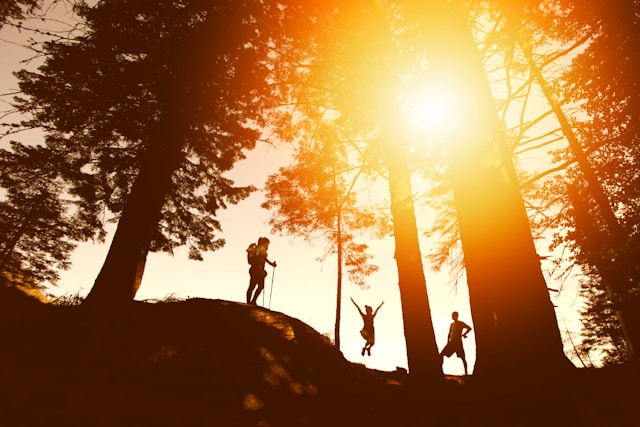
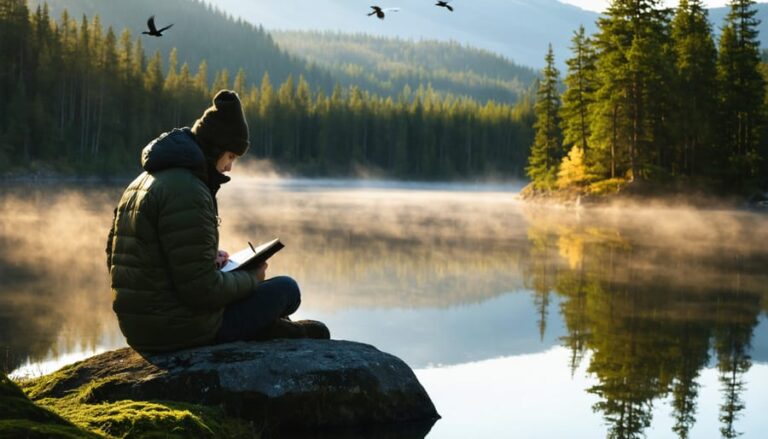
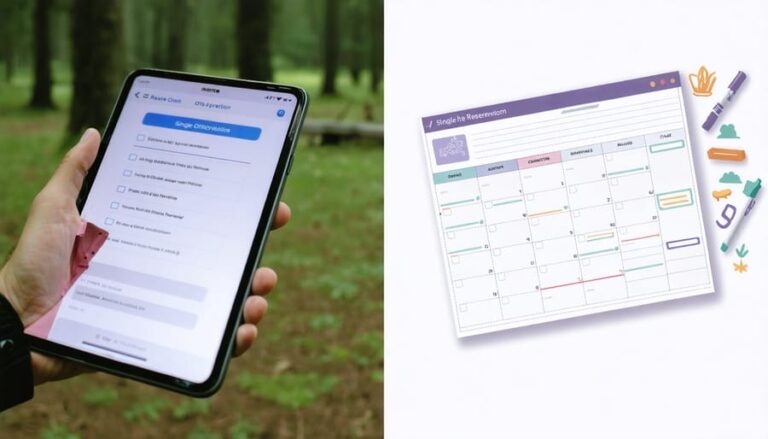
+ There are no comments
Add yours